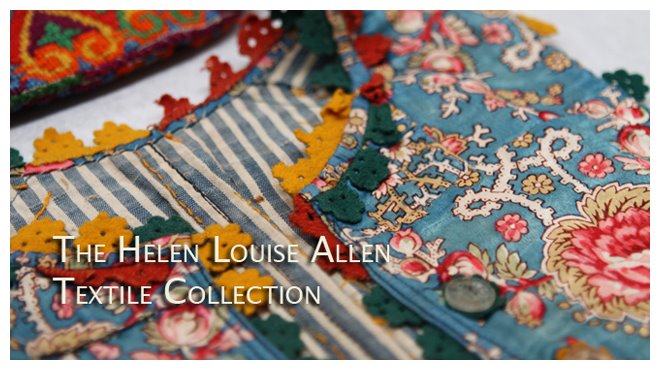
HLATC 1990.4.53
A few interesting batik printing tools have come out of storage for packing this past week. The tjap (pronounced like "chop") printing blocks seen here are from Indonesia, dating between 1900-1950. These blocks are made of copper strips and wire but tjap blocks can also be made of wood.
The process of batik printing involves laying down a layer of wax as a resist to the dye that is applied next. After the wax is removed, the pattern is visible in the spaces where the wax prevented the dye from seeping into the fabric. The application of the wax can be done by hand or with tools such as these tjap blocks. The blocks are dipped in the wax and then pressed onto the fabric. The invention of the tjap revolutionized batik production by making it possible to create high quality designs and intricate patterns much faster than one could possibly do by hand.
To safely pack the pieces we cut blocks of ethafoam and created wedges to immobilize the tjap blocks within archival boxes. The ethafoam was wrapped in a type 16 Tyvek, which is a more papery Tyvek, since the edges of the blocks would have shredded any tissue paper we placed near it. There is also a layer of tyvek covered padding on the bottom of the box underneath the blocks, giving them a little extra cushioning.
The process of batik printing involves laying down a layer of wax as a resist to the dye that is applied next. After the wax is removed, the pattern is visible in the spaces where the wax prevented the dye from seeping into the fabric. The application of the wax can be done by hand or with tools such as these tjap blocks. The blocks are dipped in the wax and then pressed onto the fabric. The invention of the tjap revolutionized batik production by making it possible to create high quality designs and intricate patterns much faster than one could possibly do by hand.
To safely pack the pieces we cut blocks of ethafoam and created wedges to immobilize the tjap blocks within archival boxes. The ethafoam was wrapped in a type 16 Tyvek, which is a more papery Tyvek, since the edges of the blocks would have shredded any tissue paper we placed near it. There is also a layer of tyvek covered padding on the bottom of the box underneath the blocks, giving them a little extra cushioning.

HLATC 1990.4.56

Detail of HLATC 1990.4.56

HLATC 1990.3.6

HLATC 1990.3.6

Detail of HLATC 1990.3.6













